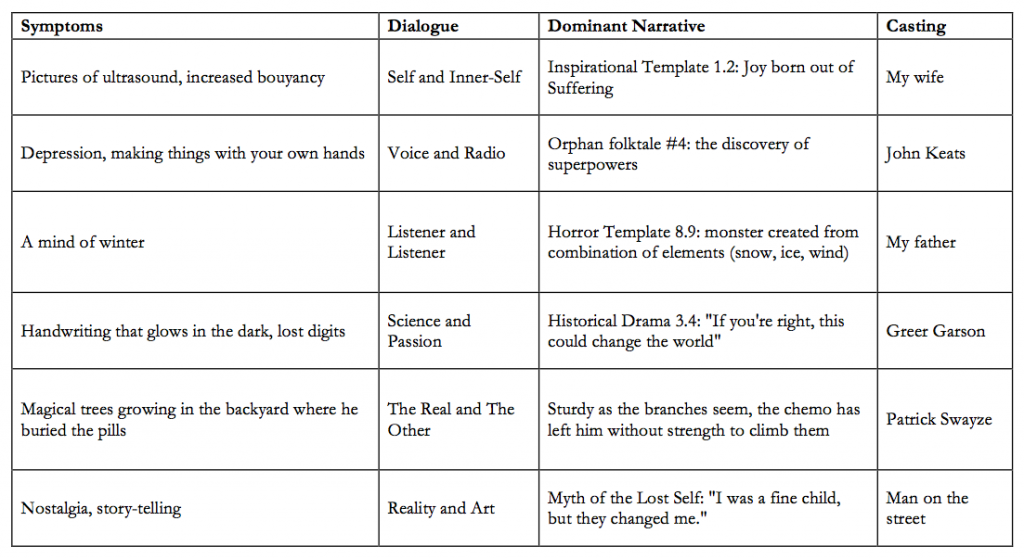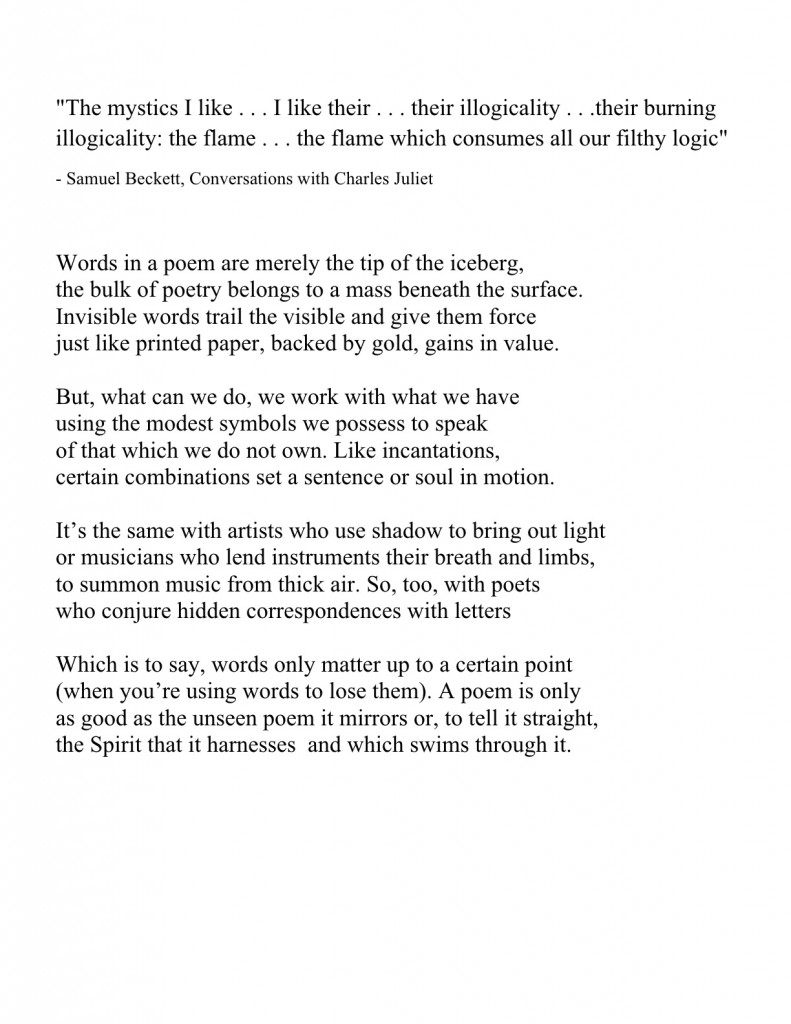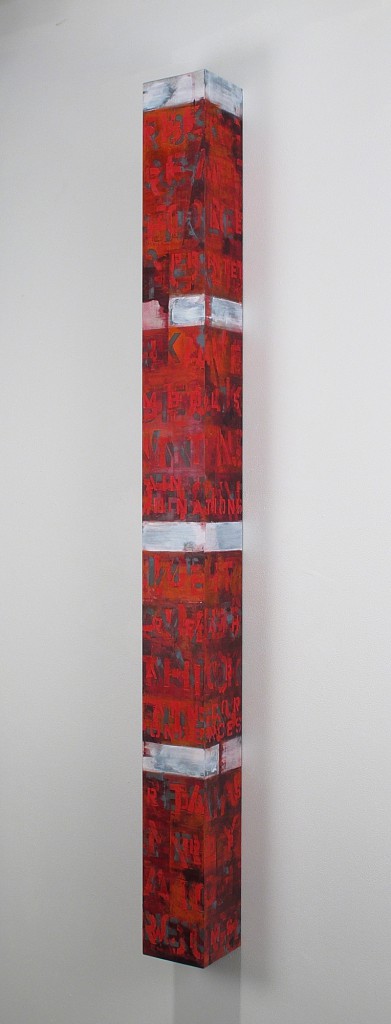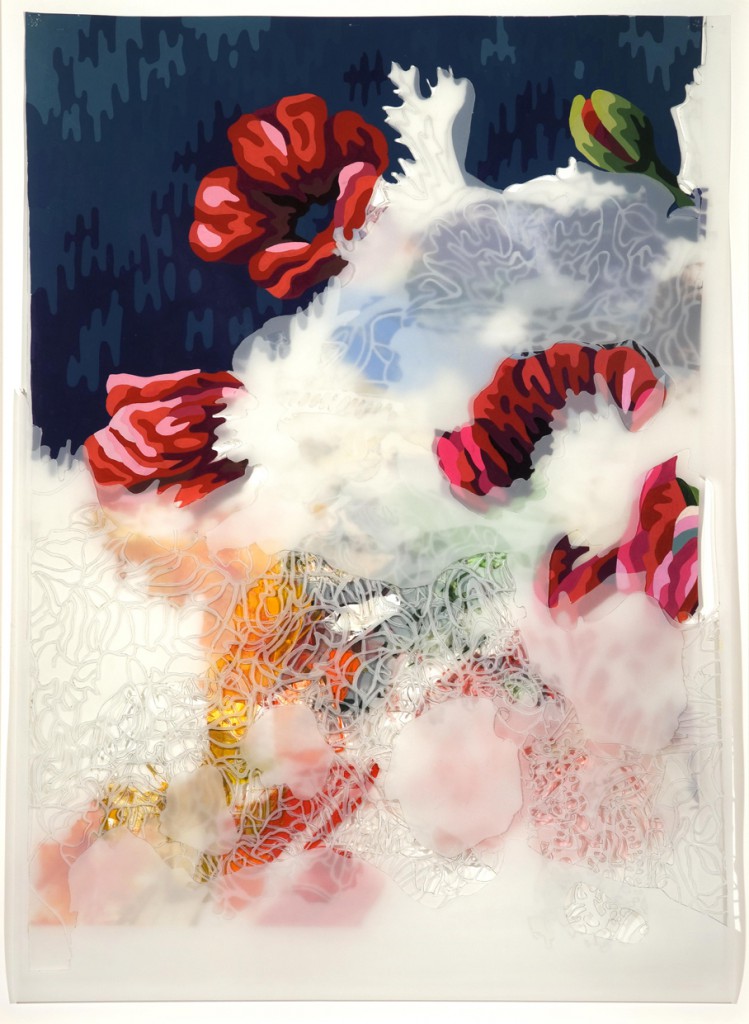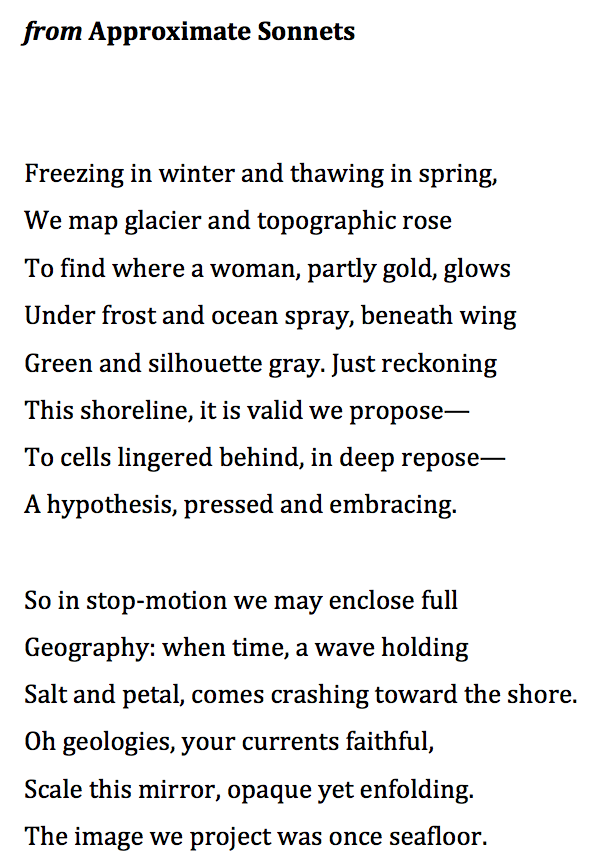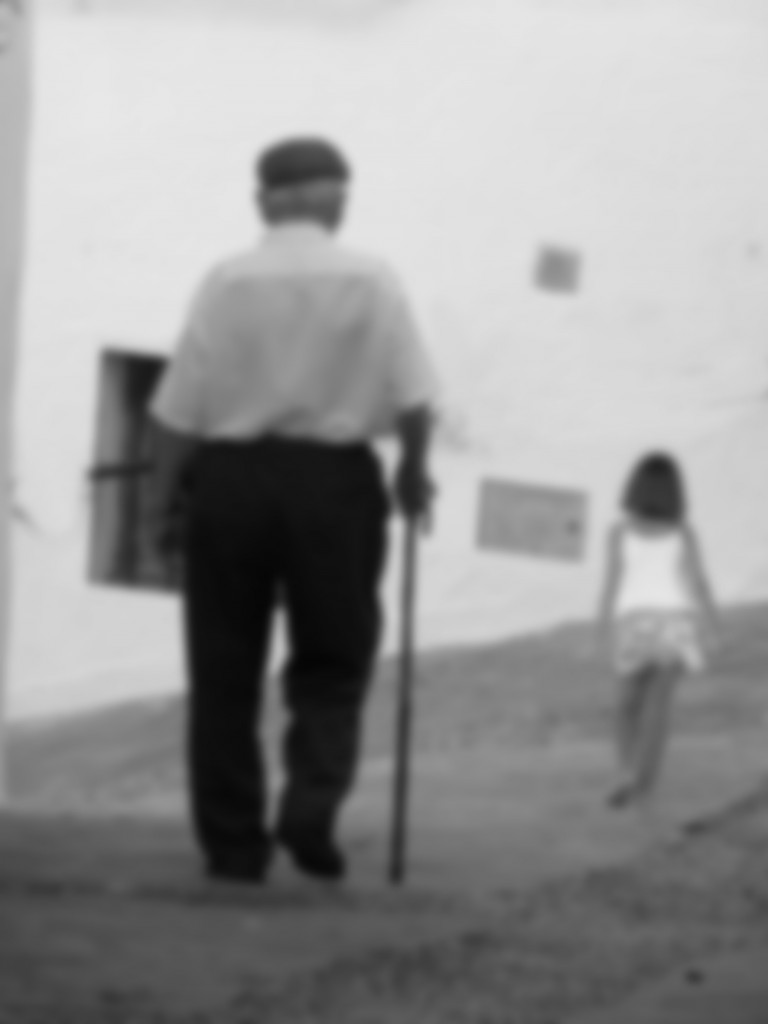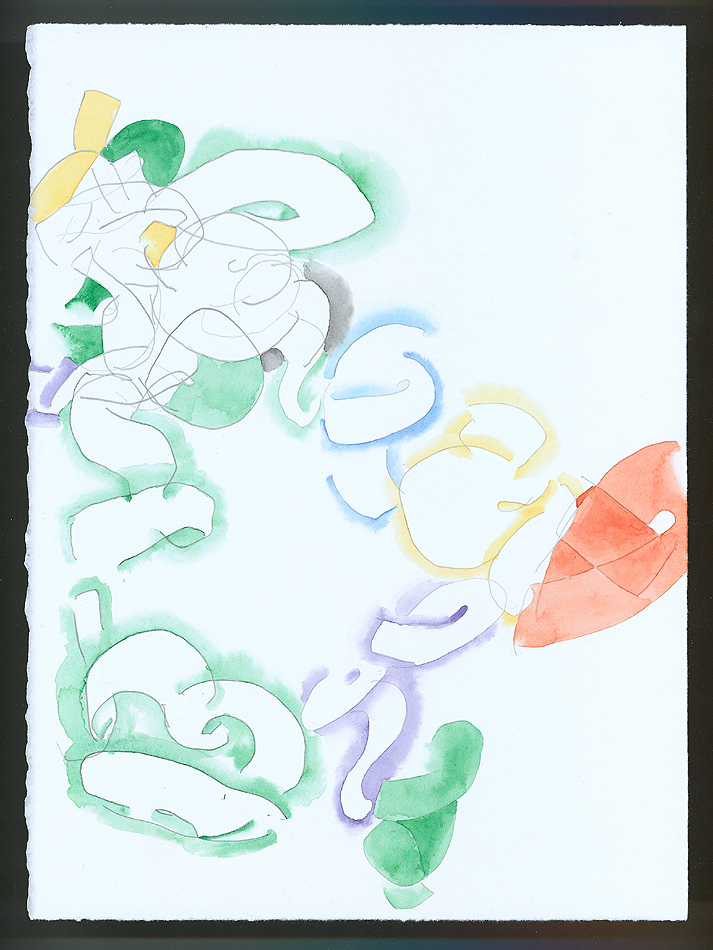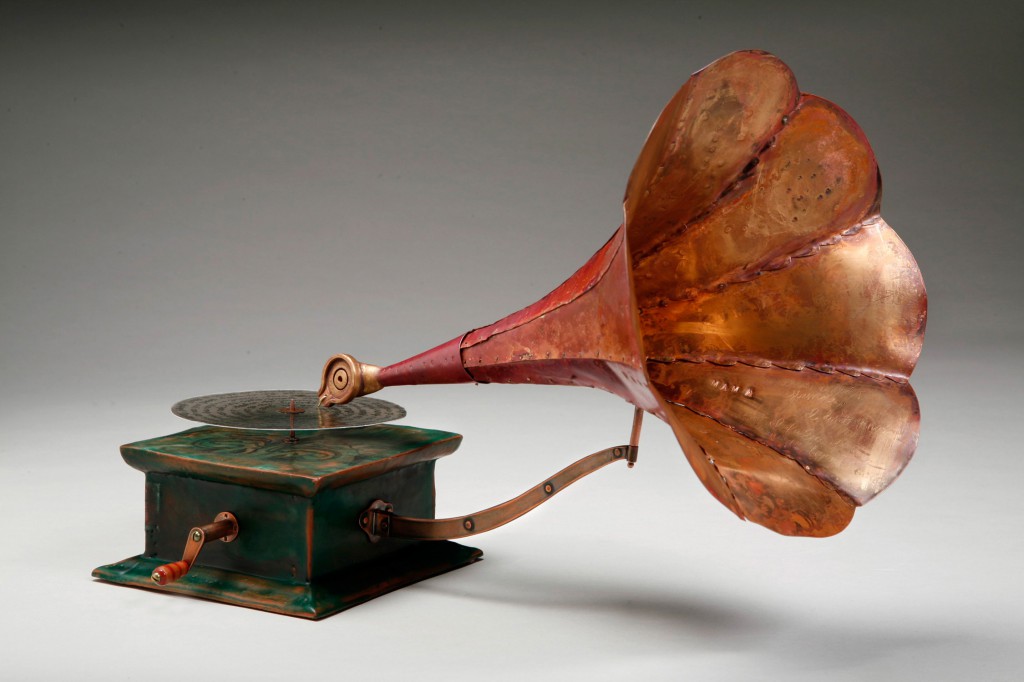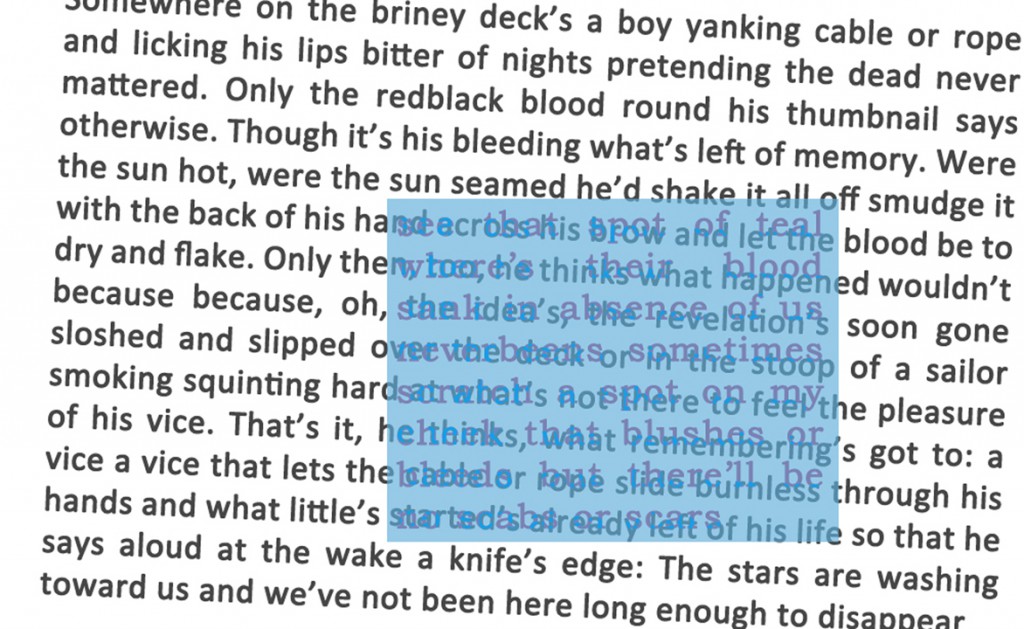 Doug Russell,”Ebb and Flow #1″
Doug Russell,”Ebb and Flow #1″
Doug Russell Artist Statement
In past the six years I have explored two major creative directions: entangled and knotted natural forms, and monumental architectural compositions. Both bodies of work ultimately are meditations upon structure, repetition, and variation. Conceptually both the imagery and process of the work express and describe the universal cycle of germination/construction, growth/expansion, overcrowding/decay, and renewal. Both directions were initially based in observational drawing but quickly expanded into imagined and invented realities. More specifically the work balances transparency and opacity, rootedness and mobility, freedom and entanglement, surface and depth, and the legibility and erosion of form. The drawings, paintings, installations, and constructions which have resulted from this creative inquiry utilize both traditional and less traditional forms and media. Throughout this work I have stayed deeply rooted to the tradition of drawing while allowing influences from printmaking, painting, and sculpture to enhance my investigations.
The organically focused work, which began as simple observational studies, developed over time into a somewhat unnatural confluence of forms taken from both flora and fauna sources. My intention was to create something both attractive and disturbing. This body of work progressed through several series and eventually evolved into four twenty foot long panoramas for an exhibition at the Urban Institute for Contemporary Art in Michigan.
Whereas the organic drawings investigate growth and expansion in the natural world, my architectural work focuses on cycles of building and ruin. In the “Empire” series, thoughts of empires past, present, and future guides my choices in creating a visual language of colossal forms which are simultaneously coming into and fading from existence. In these drawings and paintings, I explore an improvisational approach to building images of invented monumental architecture paralleling my approach in the entangled organic drawings. This process often continues to a point where the image erodes leaving only vestiges of the initial form. This contemplation of the simultaneous construction and destruction of manmade form stems from my experience living for two years in Turkey, a country which I still return to and explore every other summer. In Turkey there is a wealth of ruin and renewal. Anatolia has seen numerous civilizations wash across its soil, from the Etruscans, Hittites and Greeks, to the Romans, Byzantines, and Ottomans. Each laid down its foundations on the previous. Each left evidence of past grandeur. Today the layered landscape that remains reveals this epic ebb and flow of construction and devastation.
In the end, both of my creative directions become entertaining visual puzzles to solve while reflecting upon the liminal state between permanence and impermanence, between creation and ruin.
Response by Andrew Joron
Painting and architecture both articulate a poetics of space: visual space in the case of painting, and environmental space in the case of architecture. Both have something to say about space––but painting about architecture takes the conversation to another level. In the Renaissance, painters created a new visual vocabulary from the perspectives of classical architecture, and in a feedback loop, used these perspectives to portray architectural subjects in the golden light of the golden mean. Nonetheless, even after the invention of perspective, spatial depth in painting remains a mere reflection of reality, whereas in architecture the play of depth takes place in reality itself. Painting, in the syntax of architecture, is a window onto another world. But the space of architecture is the space of the world itself. Painting operates at a remove from the world: it is a kind of writing, a series of marks whose interpretation revises only subjective space, whereas architecture revises both subjective and objective space. Is painting therefore a lesser art? The practice of certain artists, like Piranesi and Desiderio, in representing a fantastic architecture––imagining edifices that could never be constructed in the real world––seems to offer a riposte to architecture’s claims to completeness. For the depiction of fantastic architecture reminds us that reality is incomplete, and that the imagination alone can access the world’s unrealized possibilities and, more than that, the impossible itself. Architecture can only rearrange the stones of the world, whereas painting can imagine a stone suspended in mid-air. Architecture is finally forced to reconcile itself with the world’s dominant powers, both physical and socio-economic. Painting need not do so. In Doug Russell’s paintings, architectural forms conglomerate in a non-Euclidean space; indeed, the admixture of elements from different architectural eras bespeaks a nonlinear temporality as well. Yet, space-time in Russell’s work is not so harshly fractured as in the work of the Cubists and Cubo-futurists; instead, Russell’s nonlinearity is more cohesive, more organic, as if a naturalism of a higher order was being formulated here. The tonalities belong to the same register, shading and seeping into one another: it is a pale, history-colored light that pervades the scene, a scene autumnally stained by the blood of that eyeless, weightless Vitruvian animal whose portraits these are. Here, there are only exteriors swinging around an invisible interior: the center holds so long as it remains invisible. Every building its own dynamo! If the entrances are entranced, the exits cannot exist.
Doug Russell lives and works in Laramie, Wyoming, where he directs the drawing program at the University of Wyoming. Andrew Joron‘s most recent book is Trance Archive.



